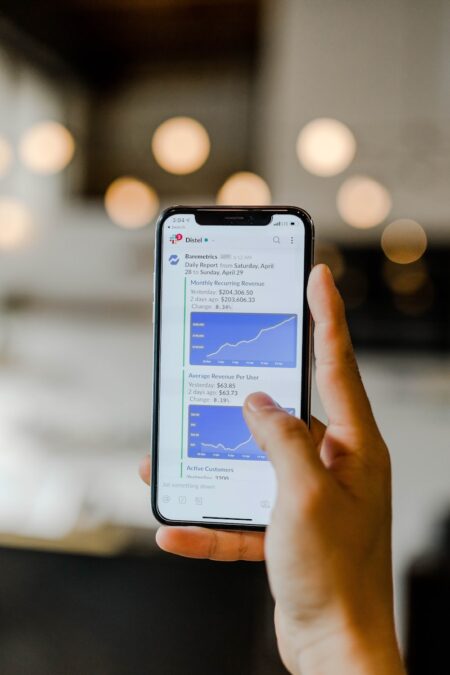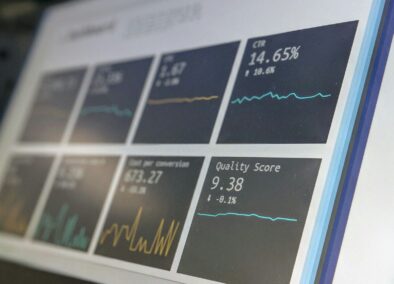Introduction to Blockchain Technology
In the context of digital asset transactions, blockchain plays a crucial role in mitigating risks associated with fraud, unauthorized access, and data manipulation. By providing a decentralized and immutable ledger, blockchain ensures the integrity of transactions and minimizes the need for intermediaries, thereby reducing costs and improving trust among stakeholders.
Enhancing Security in Digital Asset Transactions
One of the primary advantages of blockchain technology is its ability to enhance security in digital asset transactions. In traditional financial systems, centralized databases are vulnerable to cyberattacks and data breaches, exposing sensitive information to theft and manipulation. However, blockchain employs cryptographic techniques and consensus mechanisms to secure transactions, making it extremely difficult for malicious actors to alter transaction records or compromise the integrity of the network. This level of security is particularly critical in the digital asset space, where large sums of money are transferred electronically.
Reducing Counterparty Risk
Blockchain technology also helps in reducing counterparty risk in digital asset transactions by enabling peer-to-peer transactions without the need for intermediaries. In traditional financial systems, counterparties rely on trusted third parties such as banks or clearinghouses to facilitate transactions and verify the authenticity of assets. However, blockchain eliminates the need for intermediaries by enabling direct transactions between parties on a decentralized network. This not only reduces transaction costs but also eliminates the risk of default or insolvency associated with intermediaries, providing greater security and efficiency in digital asset transactions.
The Evolution of Blockchain Technology
Blockchain technology, initially introduced as the underlying technology behind Bitcoin, has evolved significantly since its inception. While Bitcoin pioneered the use of blockchain for peer-to-peer electronic cash transactions, subsequent innovations have expanded its applications to various domains, including digital asset management, supply chain tracking, and decentralized finance (DeFi). As blockchain technology continues to mature, businesses are increasingly recognizing its potential to mitigate risks and enhance security in digital asset transactions.
Benefits of Blockchain in Digital Asset Transactions
Blockchain offers several key benefits that make it particularly well-suited for digital asset transactions. One of the most significant advantages is its transparency, as every transaction recorded on the blockchain is visible to all participants in the network. This transparency fosters trust among users and helps prevent fraudulent activities such as double-spending or counterfeit asset creation. Additionally, blockchain’s decentralized nature ensures that no single entity has control over the network, reducing the risk of manipulation or censorship.
Use Cases of Blockchain in Digital Asset Transactions
The application of blockchain technology in digital asset transactions extends beyond cryptocurrencies like Bitcoin and Ethereum. In the realm of traditional finance, blockchain-powered platforms are revolutionizing the way assets are traded, settled, and managed. For example, security token offerings (STOs) leverage blockchain to tokenize real-world assets such as real estate, stocks, and commodities, enabling fractional ownership and streamlined trading. Furthermore, blockchain-based smart contracts automate the execution of predefined terms and conditions, reducing the need for intermediaries and minimizing the risk of transaction errors or disputes.
Challenges and Considerations
While blockchain technology holds immense promise for enhancing the security and efficiency of digital asset transactions, several challenges and considerations must be addressed. Scalability remains a major concern, as the current infrastructure of many blockchain networks struggles to handle large transaction volumes without sacrificing speed or cost-effectiveness. Additionally, regulatory compliance and legal frameworks vary across jurisdictions, posing obstacles to the widespread adoption of blockchain in certain industries. Moreover, interoperability between different blockchain platforms and legacy systems presents technical hurdles that must be overcome to realize the full potential of blockchain technology.
The Future of Blockchain in Digital Asset Transactions
Despite these challenges, the future outlook for blockchain in digital asset transactions is overwhelmingly positive. As technology continues to advance and regulatory frameworks mature, we can expect to see widespread adoption of blockchain-based solutions in various sectors, including finance, supply chain management, and healthcare. With its unparalleled security, transparency, and efficiency, blockchain technology is poised to revolutionize the way digital assets are bought, sold, and managed, ushering in a new era of trust and innovation in the global economy.
#BlockchainTechnology #DigitalAssets #RiskMitigation #Security #Decentralization #Cryptocurrency #Cybersecurity #Trust #Transparency #Efficiency
























